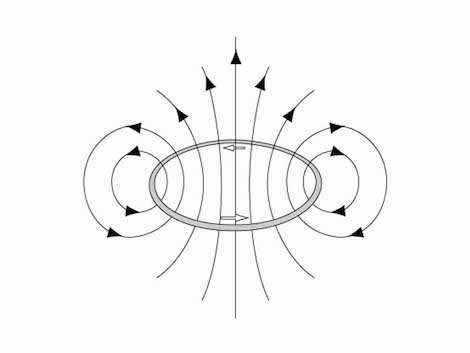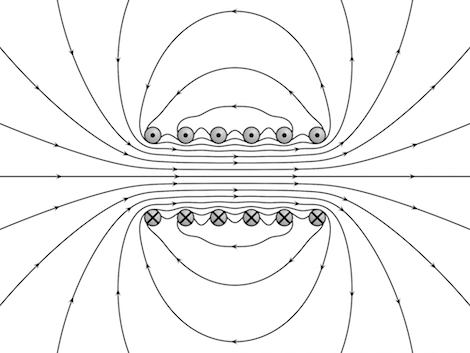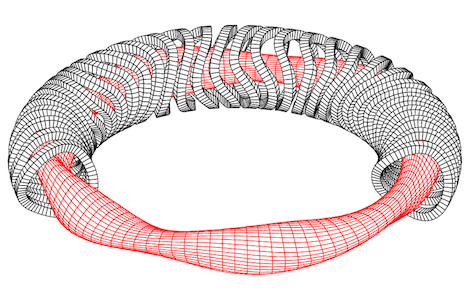| « 28 / 30 What you did not read | 26 / 30 The Blogosphere » |
27 / 30 Exercises in unlearning
Not-teaching means providing the conditions for unlearning. But what does unlearning entail? Certainly, not just forgetting something. Certainly, not just to imitate something. And certainly, not just to replace one set of skills or one set of knowledge with another. You already noticed the amount of negations in these sentences. Maybe that is what unlearning is: the move away from something, rather than the move towards something.
“If you think of classes that were good, in many ways the object of study does not matter. It is more the moment in which people lose a sense of constraint in relationship to an object: that difference between me and an idea or me and the world.” (Doug Ashford)
‘Losing a sense of constraint’ could be such a move away. I have this impression after accompanying Doug Ashford’s class on ‘the non-human’ for the last few days. One of their first tasks was to imagine and describe an impossible artwork. I was fascinated by this instruction. It requires both: to detect one’s own limitations and constraints and to extrapolate them into objects. In our conversation Doug Ashford navigates through the paradoxes of teaching art today.

In many of the conversations about the teaching of art the term unlearning comes up. What is your position on that?
We still hold on to the idea that the teacher has a sense of expertise. This is an interesting problem for me: the way in which you would decentre that. Because the art school has more and more become a space where the tools around professionalization are learnt. In my mind the tools of professionalization for an artist now is not the making of the work. It’s the other artist. So when you are at graduate school you listen to other artists. You look at artists. You don’t look at forms. You don’t look at things. It is not interiorized. So it’s not about unlearning to become innocent. You learn the industry. But this idea about the industry being not so industrial is an enormous paradox. We are in this place where we think we could have our own terms, but these terms are based on the idea of the artist. If the discursive relationship of the artist to the world is only seen in the systemic hierarchies of art production, then it is a disaster. You just learn to fit in. It is like pedigree.
How do you deal with this problem when teaching? Can you tell me a little about the basic idea of your course here?
It’s hard, because there is no basic idea. But this struggle that we talk about between what it would need to make a work that would create an aesthetic experience and the management of these experiences on an industrial platform is a paradox. Maybe this is a productive paradox, maybe a dialectic paradox. Part of unravelling it seems to me to figure out where the definitions of the figure of the artist are coming from. This work could be sociological, like a sociology of institutions or the clinic or the school. And that is my background in terms of the collective work with Group Material that I did. I was trying to understand the apparatuses and then to intervene into the apparatuses. But what we now know about the contemporary art scene is that the intervention into the apparatus is always already part of the apparatus.

So, the institution already anticipates the intervention?
Exactly. To look at it nihilistically, the only way to deal with this is to withdraw. And withdrawal is quite an interesting discussion. Like Bartleby’s ‘I prefer not to’. The reason why me and other people are interested in that is because of its relationship to withdrawal. You withdraw not just to societal constraints and your institutionalization, but you withdraw from its referent. And by withdrawing from the referent, as Worringer, said you invite other people to also withdraw. From him it was nature, what he called the capriciousness of nature. By withdrawing from mimesis, you withdraw from an enslavement to that which is outside you. Through this you put yourself into a state where you have to negotiate your real anxieties with nature, which is that it is completely arbitrary. Now surely society organization is not arbitrary. But if it is like you said, something that is always ahead of itself, it is not necessarily something that you cant understand in the terms previous to our time now. The time of intervention and progress. Withdrawal is a different kind of interruption.
I found it really interesting that you gave your students the task to develop propositions for an impossible artwork. Do you often work with such exercise?
That would be one exercise. In terms of contextualization of the artistic figure, as a subject, the key element are intentions. The artist today is told, or rather the pre-artist is told: you must be able to describe your intentions. That means you must be able to package them. This is key to what it means to be a real artist. When asking: why are you doing what you are doing? A not-real artist will say: I have no clue or in the context of self-grandiosity: it’s a mystery. This is the act of un-concealing as re-concealment. My idea for the proposition exercise didn’t come from any of this theory, but from the act of pedagogy. When you do a critique, you start with form: what do we see? Then you go to content: what is it about? And then you go to intention: why? And then there another discussion which is not part of the professionalization narrative. It is a different why. Not the why of an intention, but the why of what do you want. It is the way you talk about the actual desire that is shared despite form and content. As long as the artist is outside and is not linked to the utility or ethical production, they can always find that sense of affinity in the desire.

Interestingly, the exercise creates a negative. The propositions that I heard during your class were really interesting. Yet, I found the limitations imagined and described in the propositions even more interesting. I had the impression that your students were also really interested in the question: what are actually my limitations? Everybody came up with their very own limitations. By addressing one’s limitations in a group you create a space where you work together on extending and negotiation them.
Yes, ideally. But it is always a failure. If you think of classes that were good, in many ways the object of study does not matter. It is more like the moment around which people lose a sense of constraint in relationship to that object. That difference between me and an idea or me and the world, becomes negotiated into politics. That is why Agamben’s book The Open is so important to me. He says that those philosophical traditions of the 20th century around the object would lead to an organization of the subject. You are not only not a subject, but you are not part of subjection either. He takes about care in that context. The key of that book is: let’s undo the anthropological machine, not necessarily to make another one, but in which we could figure out some way to act. And how it would be, I don’t know.

